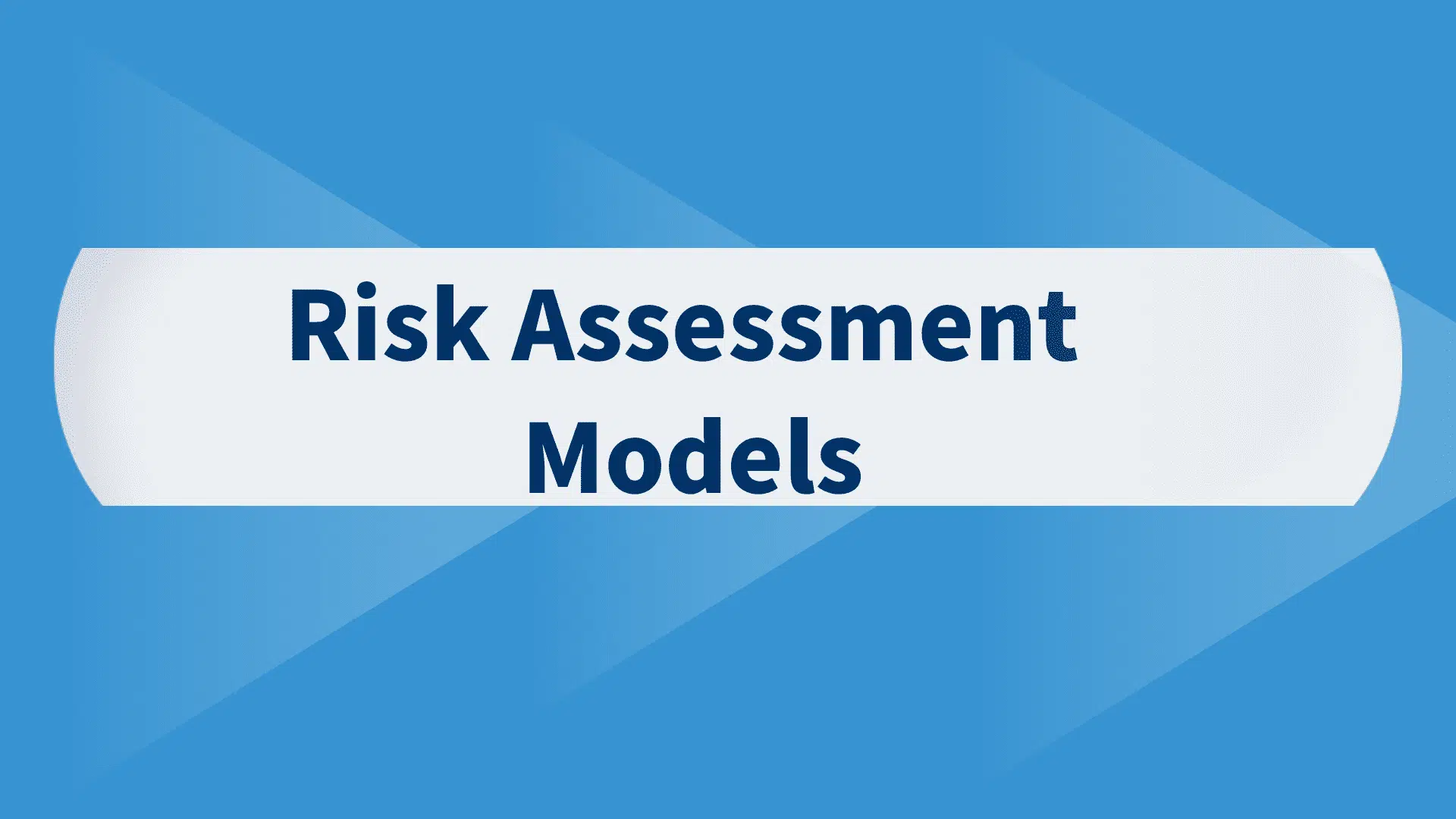Introduction
Future use risk assessment models are essential tools in land development and real estate planning that help predict and manage uncertainties related to how a piece of land or property might be used in the years ahead. These models allow developers, investors, planners, and policymakers to evaluate potential risks associated with demographic changes, market fluctuations, environmental impacts, regulatory shifts, and technological advancements. By systematically analyzing possible future scenarios, these models provide a structured approach to making informed, resilient decisions about land use and investments.
Understanding the Purpose of Future Use Risk Assessment
The primary goal of future use risk assessment models is to reduce uncertainty in long-term planning. Land development is inherently a future-oriented activity, often requiring significant upfront investment with the expectation of returns many years later. During this time, a multitude of factors can change, making original assumptions invalid. Risk assessment models aim to identify these variables early and measure their potential impact on the intended use of the land.
These models help stakeholders weigh the probability of different outcomes and prepare contingency plans. For instance, a site planned for industrial use today might face declining relevance in the future if local economies shift toward service-based industries. Identifying such possibilities allows for more flexible, future-proof planning.
Key Components of Risk Assessment Models
Effective future use risk assessment models incorporate several key components. First is a thorough analysis of current trends and baseline data, including demographics, economic indicators, infrastructure developments, and regulatory frameworks. From this foundation, predictive modeling techniques such as scenario analysis, trend extrapolation, and sensitivity testing are used to forecast possible futures.
Another essential component is stakeholder analysis, which examines the interests, influence, and expectations of different groups who might affect or be affected by the land’s future use. Environmental assessments are also critical, identifying potential natural risks like flooding, soil erosion, or climate change effects. Each of these components adds a layer of insight, helping to create a more comprehensive and nuanced risk profile.
Applications of Future Use Risk Models
In practice, future use risk assessment models are applied across various sectors. Urban planners use them to design cities that can adapt to shifting population patterns. Investors rely on these models to decide where to allocate capital with the least exposure to unforeseen risks. Government agencies employ them to evaluate the long-term viability of public infrastructure projects. In commercial real estate, developers use them to assess whether a new retail center, office park, or residential community will maintain relevance over time or require repositioning.
These models also help in regulatory compliance, as they can predict when zoning laws or environmental regulations might necessitate significant changes to a project. By anticipating such developments, planners and investors can save costs, avoid project delays, and enhance the long-term value of their investments.
Limitations and Considerations
Despite their advantages, future use risk assessment models are not without limitations. No model can fully predict the future, and outcomes are subject to unexpected technological disruptions, political changes, or global economic shifts. Additionally, the accuracy of the models heavily depends on the quality and timeliness of the input data. Therefore, models must be updated regularly and used in conjunction with expert judgment and flexible planning strategies.
It is also important to balance risk management with opportunity identification. While the focus of these models is often on mitigating risks, they can also uncover new opportunities for innovation, redevelopment, or market leadership that would otherwise be missed.
Conclusion
Future use risk assessment models are vital instruments for managing uncertainty in land development and commercial real estate planning. They offer a structured, data-driven way to anticipate changes, measure potential impacts, and make better-informed decisions about land use. While they cannot eliminate risk entirely, they significantly enhance the ability to plan adaptively and invest wisely. When integrated into broader strategic planning efforts, these models help ensure that developments remain viable, profitable, and aligned with community needs well into the future.
Hashtags
#FutureRiskAssessment #RiskManagement #RiskAssessmentModels #PredictiveAnalytics #DataDrivenDecisions #FutureOfRisk #RiskMitigation #ModelingRisk #RiskAnalysis #StrategicPlanning #RiskEvaluation #InnovativeModels #RiskForecasting #BusinessContinuity #RiskStrategy #FutureTrends #RiskAwareness #DataScience #RiskAssessmentTools #ProactiveRiskManagement


